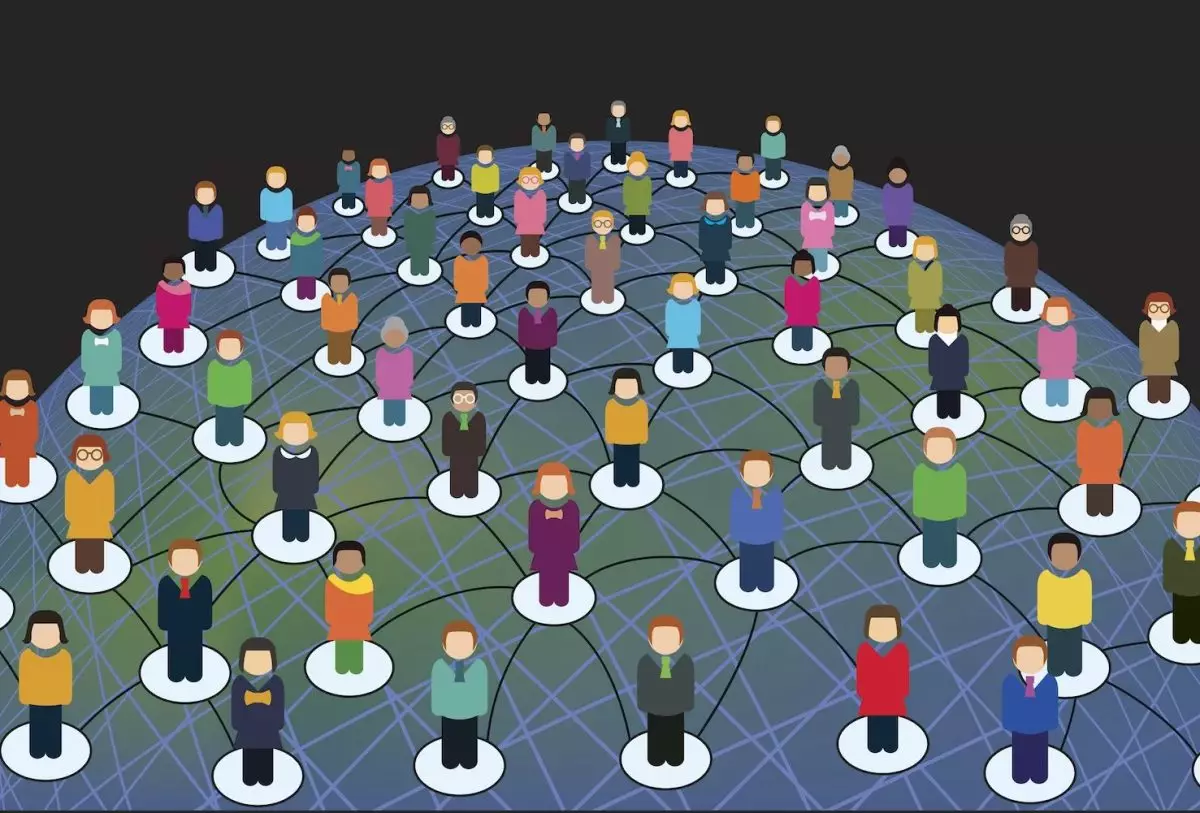In the ever-evolving landscape of software development, the terms “open source” and “proprietary” serve as critical paradigms that dictate not only how software is distributed but also how it is perceived within the broader tech community. At the heart of this discussion lies the Open Source Initiative (OSI), which provides a formalized definition of what constitutes open source software. This definition is instrumental in qualifying software as “open source” based on licensing criteria. However, this legalistic approach often leads to a dissonance between the regulatory framework and the underlying principles that many believe should govern the open source ethos.
While licensing plays a pivotal role, it is the cultural and governance elements surrounding open source that often spark heated debates among developers, corporations, and communities at large. For example, when a project obscures core functionalities behind a commercial paywall, or when the control over the project is disproportionately held by a single entity, can we still consider it genuinely open source? Such questions explore the depths of what it means to foster a truly collaborative software environment.
The Case of Android: A Study in Contradiction
Take Android as a quintessential example of open source software. The Android Open Source Project (AOSP) is licensed under the Apache 2.0 license, theoretically offering transparency and ease of modification. However, Google’s stranglehold over the ecosystem often undermines this potential. While the Android codebase is available for anyone to access and customize, Google has implemented anti-fragmentation agreements with hardware manufacturers, stifling the ability to fully extract the benefits of an open-source endeavor.
As articulated by Luis Villa, a significant figure in the open source community, Android is a paradox; it exemplifies top-notch documentation and accessibility in a legal sense, yet its governance structures render it nearly impervious to community influence. Villa’s remarks highlight a glaring contradiction in the open source narrative: while the letter of the law is adhered to, the spirit of community-driven development is often eclipsed. This raises important questions about the efficacy of conventional metrics for openness, illustrating that simply adhering to licensing criteria is often inadequate for assessing true accessibility and involvement.
A crucial element of this discourse is the role of governance. Peter Zaitsev, founder of Percona, emphasized that beyond mere licensing terms, the effective governance of a project is paramount to its sustainability and practical accessibility. In scenarios where a single corporation governs a project, the potential for rapid shifts in licensing—as well as project direction—can jeopardize the long-term interests of the community. This concern merges with Dotan Horovits’s pondering of whether “vendor-owned open source” is antithetical, illustrating the precariousness of depending on corporate motives.
The concern doesn’t dissipate within the existing paradigm; it morphs into a formidable inquiry about the future of open source in varied fields, especially within artificial intelligence. Examples abound—take Meta’s Llama models, often lauded as open source yet fraught with commercial restrictions that paint a different narrative. It forces a reflection on how the aspirations of democracy in software intersect with a rapidly commercializing landscape.
As the focus on open source intensifies, particularly in the realm of AI, the tension only escalates. Companies leverage open source a product not just for the community but as an avenue for regulatory compliance and brand reinforcement. The European Union’s AI Act underlines the importance of “free and open source” AI systems, while simultaneously hinting at a motivation for corporations to reframe the meaning of open source for self-serving ends. Villa’s assertion that actors with regulatory motivations might alter the foundational definitions of open source serves as a cautionary statement about its future.
While it is undoubtedly vital to seek more finely tuned definitions that encapsulate the ethos of open source, the question remains: at what cost? Stefano Maffulli, executive director at OSI, illustrates that although some proponents push for an expanded narrative around concepts like community and development, clarity is paramount. This clarity, particularly tethered to licensing, provides a benchmark against which authenticity can be assessed.
The discourse surrounding open source is fraught with complexity, teetering on the edge of existential debate about authenticity, independence, and community involvement. As the digital age marches forward, and industries grapple with the implications of technology on society, the principles that underscore open source software must be fiercely safeguarded. Authenticity cannot merely reside within legal documents; it must breathe life into the projects and communities that stand to benefit from the ethos of transparency, collaboration, and genuine accessibility. Only then can open source emerge not merely as a label but as a transformative force.

